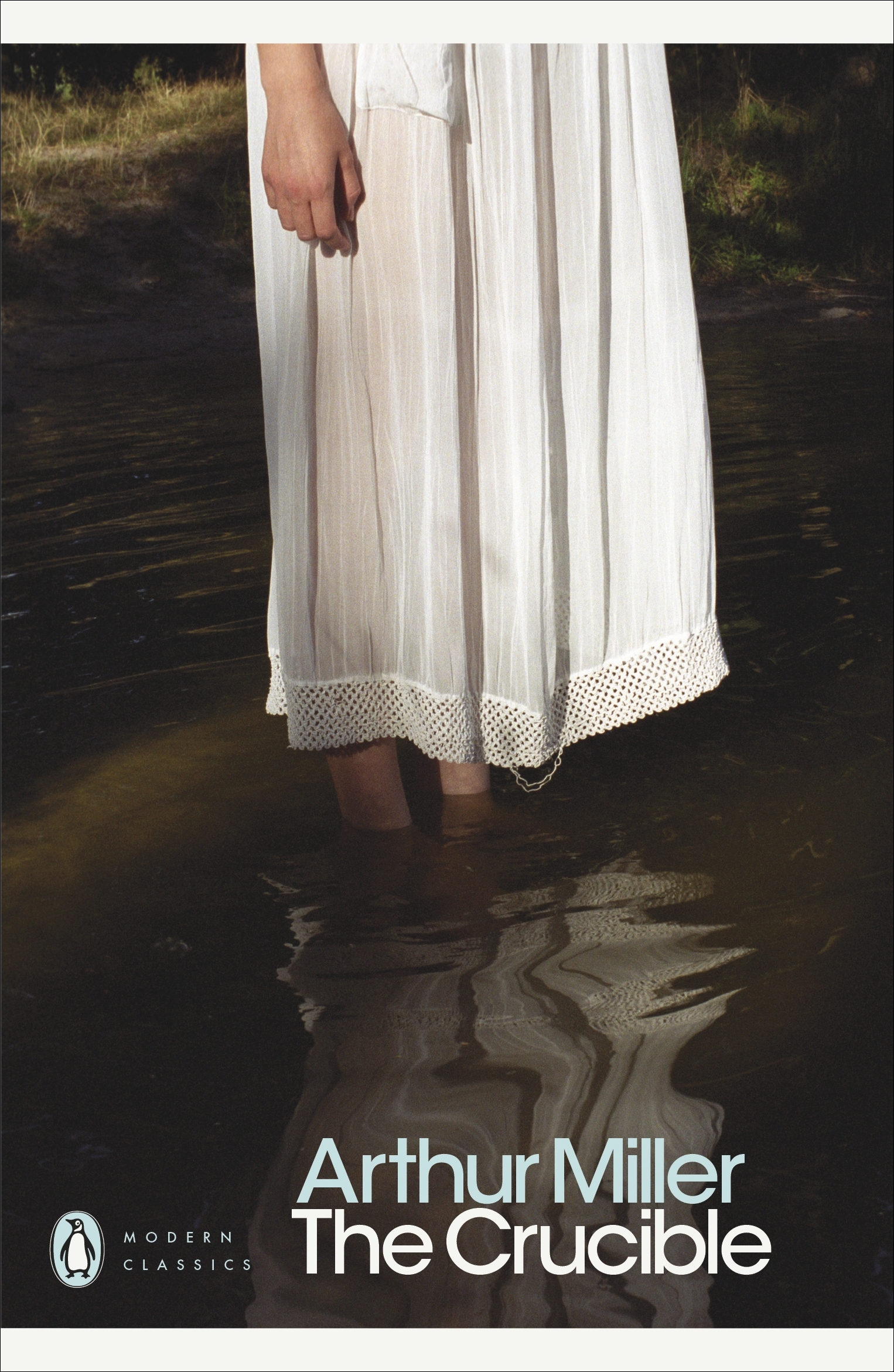 For Year 11 students studying AOS1 Unit 2 Reading and Comparing Texts it is important to be very clear in your Introductions to make your Main Contentions and Message of Author/Message of Director answer the essay prompt.
For Year 11 students studying AOS1 Unit 2 Reading and Comparing Texts it is important to be very clear in your Introductions to make your Main Contentions and Message of Author/Message of Director answer the essay prompt.
 Please see 3 prompts comparing the film On the Waterfront directed by Elia Kazan and the play The Crucible written by Arthur Miller.
Please see 3 prompts comparing the film On the Waterfront directed by Elia Kazan and the play The Crucible written by Arthur Miller.
For clarity I have colour coded the Main Contention / Message of Author / Message of Director
Prompt #1 Both The Crucible and On the Waterfront explore how easy it is for one group to control an entire community. Discuss.
Throughout both texts it is fear that enables the mob boss Johnny Friendly in On the Waterfront and the judges and court in The Crucible to influence their respective communities and control the majority. Predominantly it is fear of unemployment which leads to poverty that controls the longshoremen making them vulnerable to the power and corruption of Johnny’s mob. However, it is fear of the unknown, in particular the Devil, that enables Deputy Governor Danforth and his court to manipulate and control the Puritans of Salem. The desire for individual freedom stands in stark opposition to the powerful authority of the mob boss and the totalitarian authority of the theocratic state. In both texts those authorities in power are willing to ruthlessly crush any hint of rebellious thinking but underestimate the resolve of a select group of determined individuals who are prepared to stand up rather than bow to the corrupt actions of those in power. In The Crucible it is those characters like John Proctor, Rebecca Nurse and Giles Corey who pass the most severe test of all in the ‘crucible’: death; by choosing to maintain their personal integrity and refusing to justify an unjust court to save their lives. On a similar note, in On the Waterfront it is those characters like Joey Doyle and KO Dugan who show moral integrity and courage to stand up to Johnny Friendly and speak out against the corruption on the waterfront, but their murders show the risks for others to see the world in terms of moral choices. In the end it is left to an unlikely character Terry Malloy to abide by his conscience and need for justice to testify against the mob at the Waterfront Crime Commission and stand up for what is right and good.
Prompt #2 Elia Kazan’s film On the Waterfront and Arthur Miller’s play The Crucible tell similar stories when you compare the characters of Terry Malloy and John Proctor. Discuss.
Both texts On the Waterfront directed by Elia Kazan and The Crucible written by Arthur Miller highlight similar stories with their respective protagonists who are plagued by their sins and desperately seek redemption. Miller’s protagonist John Proctor views himself as a highly flawed man who has sinned against God and man’s laws by his adulterous affair with a teenage servant girl Abigail. As a consequence of his ‘single error’ Proctor is a tormented character, unable to forgive himself for succumbing to temptation and as a result publicly confesses his sin to the court in order to save his wife Elizabeth from going to jail but in doing so damns himself. Miller presents Proctor as a heroic man who maintains his integrity even to the point of death, in the face of a demonstrably corrupt authority. On a similar note, Kazan presents the redemption of his protagonist Terry Malloy and his transformation from a self-confessed “bum” to a symbol of the power an individual can exercise even in the face of seemingly insurmountable corruption. Terry’s journey towards a moral perspective allows him to grapple with questions of loyalty and conscience only to discover that ultimately one’s greatest loyalty must be to what one knows to be right.
Prompt #3 Compare how Arthur Miller’s play The Crucible and Elia Kazan’s film On the Waterfront parallel the McCarthy era of the 1950’s in America.
During the McCarthy era of the 1950s in America, countless individuals, some innocent and some guilty, were subjected to a wide range of injustices and punishments, ranging from ridicule in society to the loss of their lives. Two dramatic works, a play The Crucible, written by playwright Arthur Miller and On the Waterfront, a film directed by Elia Kazan can both be seen as parables that are illustrative of the events of the McCarthy Era itself. The play and film have similarities dealing with power, corruption, executions, fear, hearings and trials. Both texts have their own relative strengths each revealing different facets of McCarthyism in their own unique ways and are representative of the different experiences and reactions of Miller and Kazan to the phenomenon of McCarthyism. In both the play and the film, the protagonists, the environment in which they are placed, and the situations and trials they endure, are closely parallel to the events of 1950s America. Kazan testified before Senator McCarthy’s Committee, naming names and giving details of people he knew were affiliated with the Communist Party and his personification of Terry Malloy was Kazan’s parallel to his own positive interpretation of identifying wrongdoers. In direct contrast Miller viewed Kazan’s testifying as a betrayal and considered the tyrannical judges in Salem to be in parallel with the HUAC. Miller’s personification of John Proctor was a parallel with his own negative interpretation and refusal to slander and black list Communist screenwriters to the McCarthy Committee.
